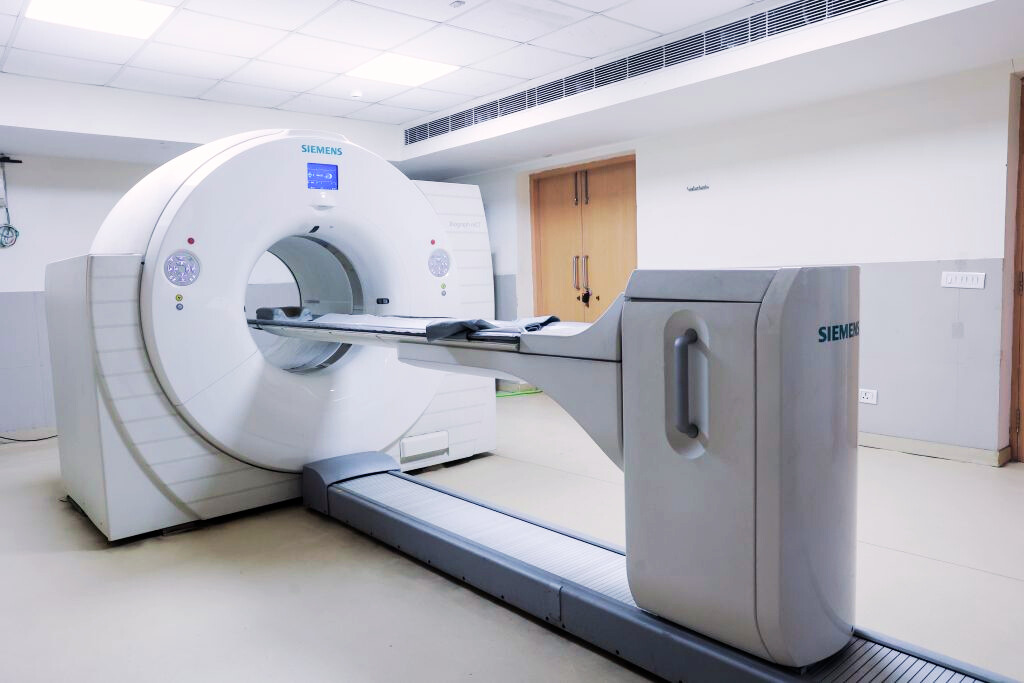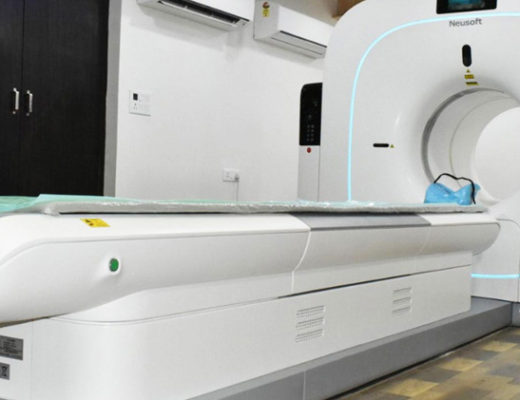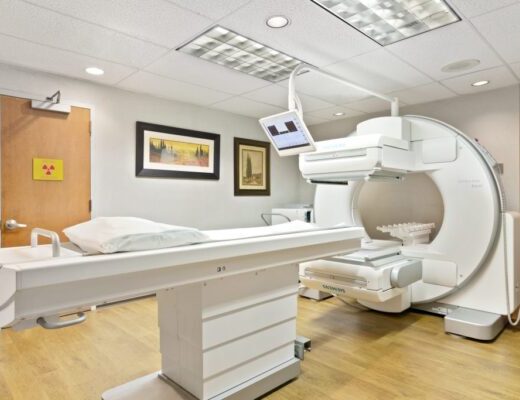In the realm of medical imaging, a constant quest exists to peer deeper into the human body and diagnose a vast array of conditions. Among the most advanced tools at our disposal are PET CT scans, offering a powerful combination of two distinct imaging techniques. But what exactly are PET CT scans as well as how do they contribute to your overall health?
Demystifying the PET CT Scan: A Powerful Duo
A PET CT scan combines two different imaging modalities: positron emission tomography (PET) and computed tomography. Here’s a breakdown of each:
- PET Scan: This technology leverages radiopharmaceuticals – specially designed radioactive materials injected into the body. These radiopharmaceuticals accumulate in specific organs or tissues based on their metabolic activity. The PET scan then detects the emitted gamma rays from the radiopharmaceuticals, creating an image that reveals areas of increased or decreased metabolic activity.
- A CT scan employs X-rays to generate detailed cross-sectional images of the human body. This provides a clear picture of anatomical structures like bones, organs and blood vessels.
The Power of Combination: Why PET CT Scans are Essential
The beauty of a PET CT scan lies in its ability to marry the functional information from a PET scan with the anatomical detail of a CT scan. This combined view offers several key advantages for diagnosing as well as managing various health conditions:
- Early Cancer Detection: Cancers often exhibit increased metabolic activity. PET CT scan can identify these areas early on, potentially leading to earlier diagnosis and treatment initiation.
- Cancer Staging and Treatment Monitoring: By showing the extent of cancer spread and how well a patient is responding to treatment, PET CT scan play a crucial role in cancer management.
- Heart Disease Evaluation: Specific radiopharmaceuticals can help assess blood flow and function of the heart muscle, aiding in diagnosing coronary artery disease as well as monitoring the effectiveness of treatment plans.
- Brain Function Assessment: PET CT scan can be used to evaluate brain function and detect abnormalities associated with conditions like dementia as well as neurodegenerative diseases.
- Neurological Disorders: PET CT scan can help differentiate between various neurological conditions by revealing patterns of metabolic activity in the brain.
Types of PET CT Scans: Tailoring the Approach
While the core principle of PET CT scan remains the same, different types cater to specific diagnostic needs:
- FDG-PET CT Scan: This is the most common type, using a radiopharmaceutical called fluorodeoxyglucose (FDG) to assess metabolic activity, often used for cancer detection as well as evaluation.
- Cardiac PET CT Scan: Specific radiopharmaceuticals are used to assess blood flow and viability of the heart muscle.
- Brain PET CT Scan: Radiopharmaceuticals are used to evaluate brain function and detect abnormalities associated with various neurological conditions.
- Other Specialized PET CT Scans: Depending on the specific condition being investigated, other types of radiopharmaceuticals can be used.
Beyond the Scan: What to Expect During a PET CT Scan
Your doctor will provide detailed instructions prior to the PET CT scan. This might involve dietary restrictions or fasting, depending on the type of radiopharmaceutical used. The scan itself involves an injection of the radiopharmaceutical, followed by a period of rest to allow it to accumulate in the target organ or tissue. Then, you will be positioned in the PET CT scanner for the imaging process. The complete treatment normally takes about 1-2 hours.
Understanding the Results: Working with Your Doctor
A nuclear medicine physician, specializing in interpreting PET CT scan, will analyze the results. They will consider both the PET as well as CT images to identify areas of abnormal metabolic activity and correlate them with anatomical structures. Your doctor will then explain the findings to you, discussing their implications and any necessary next steps. This might involve additional tests, further imaging techniques, or the development of a treatment plan based on the PET CT scan results.
A Valuable Tool in Your Healthcare Journey
PET CT scan offer a powerful tool for physicians to gain insights into the functional state of various organs as well as tissues. Their ability to combine functional and anatomical information makes them invaluable for diagnosing and managing a wide range of health conditions. By understanding why PET CT scan are essential, you can feel more informed and empowered when discussing this imaging technique with your doctor as well as navigating your healthcare journey.
CONCLUSION
PET CT scans have revolutionized diagnostics, offering a powerful tool for earlier disease detection, effective treatment planning as well as improved patient outcomes, as per rnmcenter the future holds promise with advancements in radiopharmaceuticals, AI analysis and reduced radiation exposure. Perhaps most exciting is the potential for PET CT scans to play a pivotal role in personalized medicine, paving the way for a future of precision healthcare.




